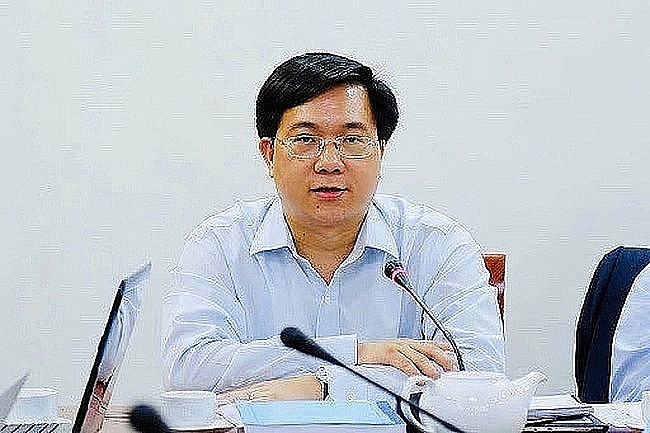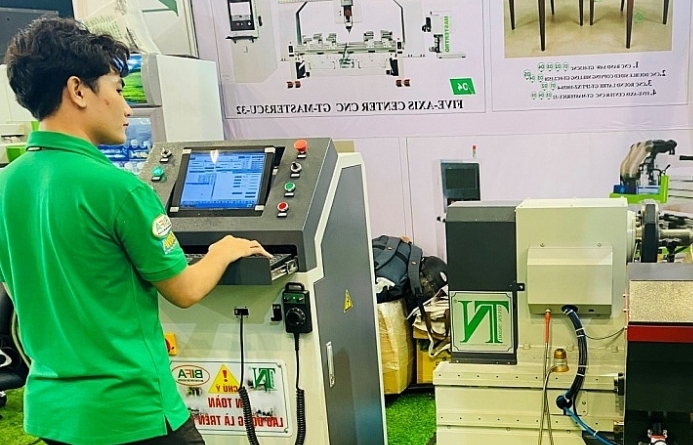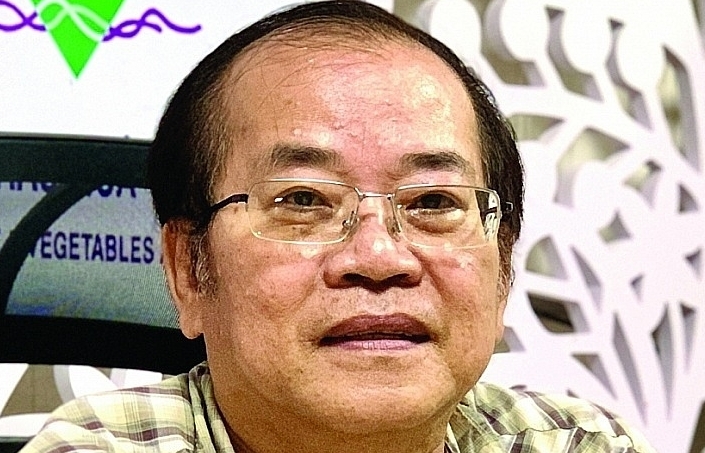Regional linkages bring real effect
 |
| Deputy Minister of Planning and Investment Tran Duy Dong. |
The issue of regional linkage has been mentioned a lot, what can we do for regional linkage to be effective, sir?
It must be affirmed that, in recent times, regional linkages have been paid great attention by the Party, Government and State, and localities have organized many activities to promote regional linkage activities. In the period before 2016-2020, we have many regions, there are six socio-economic zones, there are four key economic zones, but only the key economic zones have legal documents, while other regions do not.
Meanwhile, the key economic region does not include all regions in the socio-economic region, specifically the Northern key economic region also coordinates only seven of 11 provinces in the Red River Delta, the Northern region and the Mekong Delta. The Southern key economic sector only includes six Southeast provinces and two provinces of the Mekong Delta – Long An and Tien Giang.
The key economic region of the Mekong Delta coordinates only four of 13 provinces, the central key economic region also coordinates only five of 14 provinces. Therefore, for the remaining provinces, localities will spontaneously link, so the efficiency and mechanism are not available, and coordination and consensus in the implementation of the common goals of the region are very difficult.
Therefore, we recommend competent agencies have clearer regulations on regional coordination institutions to make them effective and efficient, and specifically, we have submitted them to the Prime Minister. The Government issued Decision 825/QD-TTg on the operation regulation of the Mekong Delta Coordinating Council for the 2020-2025 period and now there have been more changes than before. Accordingly, the Mekong Delta Sub-Region Council can establish sub-regions to link and promote the effectiveness of each sub-region. At the same time, adjusting the operation of all thirteen provinces of the Mekong Delta, including four provinces of the previous key economic regions, it is no longer implemented the coordination mechanism of key economic zones to promote the effectiveness of each sub-region.
In fact, the old management mechanism has revealed many limitations and difficulties, mainly spontaneous and linked to tourism development, while projects linking regions, resources, human resources, technology and production are still facing a lot of trouble, sir?
The new mechanism will apply to all socio-economic regions similar to that of the Mekong Delta, where the Chairman of the Regional Council is a Deputy Prime Minister, the Vice-Chairmen are several Ministers.
These Ministers are proposed based on the potential advantages of each region, for example the Mekong Delta has four very important areas, specifically in terms of resources, namely the Ministry of Planning and Investment, and climate change combat is the Ministry of Natural Resources and Environment and the Ministry of Agriculture and Rural Development and in terms of infrastructure is the Ministry of Transport.
The members are leaders of relevant ministries and branches, so when making common issues of the region such as regional planning, regional linkage projects going through many provinces, the localities will comment, and when there are solutions provide different opinions. The Deputy Prime Minister will be the one to decide and advise the Prime Minister, the consensus will be improved. We will no longer have a separate regional coordination mechanism for key economic regions, but six socio-economic regions will have a Regional Council to regulate the activities of sub-regions, including key economic zones in the socio-economic regions.
New points in the management of regional linkages have been adjusted to better suit reality to bring greater efficiency to regional linkages. In your opinion, what should localities do to best promote the socio-economic region?
Localities have cooperated to organize inter-regional investment promotion seminars, with few individual organizations as before.
The inter-regional linkage to invest in transport and irrigation has achieved good results. The localities also have a share in commenting on policies, regional planning, and experience in handling state management. However, localities need to proactively identify potential advantages and cooperate to form regional and sub-regional links to create synergy, not compete with each other.
There are currently 14 provinces and cities in the key central economic region, with many localities, spread over a large area. Currently, the Government has decided to continue to maintain six key economic zones by 2030. After 2030, we'll probably recalculate. The Ministry of Planning and Investment has proposed the Government consider and divide it into seven economic zones.
The mechanism of regional coordination council should also be considered, and should be included in the law, if it is not contrary to the Constitution, the Law on Organization of Local Government should be adjusted. The goal is that the council is legal enough to implement it.
In order to link the region, it is necessary to make regional planning the center to regulate regional linkage. Regional planning is the legal basis, the center to coordinate all activities in the region. The second is to consolidate the entire functional apparatus in the direction of regional councils like the Mekong Delta.
Thank you Sir!
Related News

Removing “bottlenecks” for digital transformation in industrial production
10:00 | 17/12/2024 Import-Export

Coconut is expected to become a billion-dollar export item
16:40 | 01/11/2024 Import-Export

Plastic exporters interested in converting to recycling technology
16:36 | 01/11/2024 Import-Export

Truly comprehensive finance: supporting micro and small enterprises
09:36 | 07/11/2024 Import-Export
Latest News

Việt Nam tightens fruit inspections after warning from China
08:01 | 15/01/2025 Import-Export

Brand building key to elevate Vietnamese fruit and vegetable sector: experts
08:00 | 15/01/2025 Import-Export

Freight transport via China-Việt Nam cross-border trains posts rapid growth
08:01 | 13/01/2025 Import-Export

Vietnamese retail industry expects bright future ahead
06:22 | 11/01/2025 Import-Export
More News

Complying with regulations of each market for smooth fruit and vegetable exports
13:06 | 09/01/2025 Import-Export

Fruit and vegetable industry aims for $10 billion in exports by 2030
15:12 | 07/01/2025 Import-Export

GDP grows by over 7 per cent, exceeds target for 2024
15:11 | 07/01/2025 Import-Export

Vietnamese pepper: decline in volume, surge in value
15:10 | 07/01/2025 Import-Export

Việt Nam maintains position as RoK’s third largest trading partner
15:09 | 07/01/2025 Import-Export

Greater efforts to be made for stronger cooperation with European-American market
15:08 | 06/01/2025 Import-Export

Leather, footwear industry aims to gain export growth of 10% in 2025
15:06 | 06/01/2025 Import-Export

Grasping the green transformation trend - A survival opportunity for Vietnamese Enterprises
14:53 | 06/01/2025 Import-Export

Việt Nam to complete database of five domestic manufacturing industries in 2026
20:57 | 05/01/2025 Import-Export
Your care

Việt Nam tightens fruit inspections after warning from China
08:01 | 15/01/2025 Import-Export

Brand building key to elevate Vietnamese fruit and vegetable sector: experts
08:00 | 15/01/2025 Import-Export

Freight transport via China-Việt Nam cross-border trains posts rapid growth
08:01 | 13/01/2025 Import-Export

Vietnamese retail industry expects bright future ahead
06:22 | 11/01/2025 Import-Export

Complying with regulations of each market for smooth fruit and vegetable exports
13:06 | 09/01/2025 Import-Export
